Radon testing in soil: how it works
Ecotrak® is delivered packed in an airtight bag. To begin radon testing in soil, remove airtight bag to begin exposing the detector. Set Ecotrak® to ON before placing it in the protective Tyvek bag supplied. Ecotrak® should then be placed in a 75mm-wide PVC pipe to a depth of 85cm, with a ventilation grille at the bottom and the top sealed with aluminium tape.
When drilling holes for the PVC pipes, it’s important to use an earth drill with a diameter as close to that of the pipe as possible. This increases monitoring accuracy, as soil air can get closer to the detector and any potential air exchange is minimised.
Ecotrak® detectors should be positioned at either end of the property or construction site, where they will not be affected by ground or rain water. The soil must also be frost free so the soil air can circulate freely.
Following a 1-7 day testing period, remove each Ecotrak® from its protective bag, set to the OFF position, and return for laboratory analysis.
What’s included
- Ecotrak® detector in airtight packaging
- Tyvek protective bag per detector
- Analysis and monitoring report from our ISO17025 accredited laboratory
- Login information so you can access analysis results via our online portal
- Telephone support
For orders over 10 detectors, please contact us for a quote.
[activecampaign form=3 css=1]
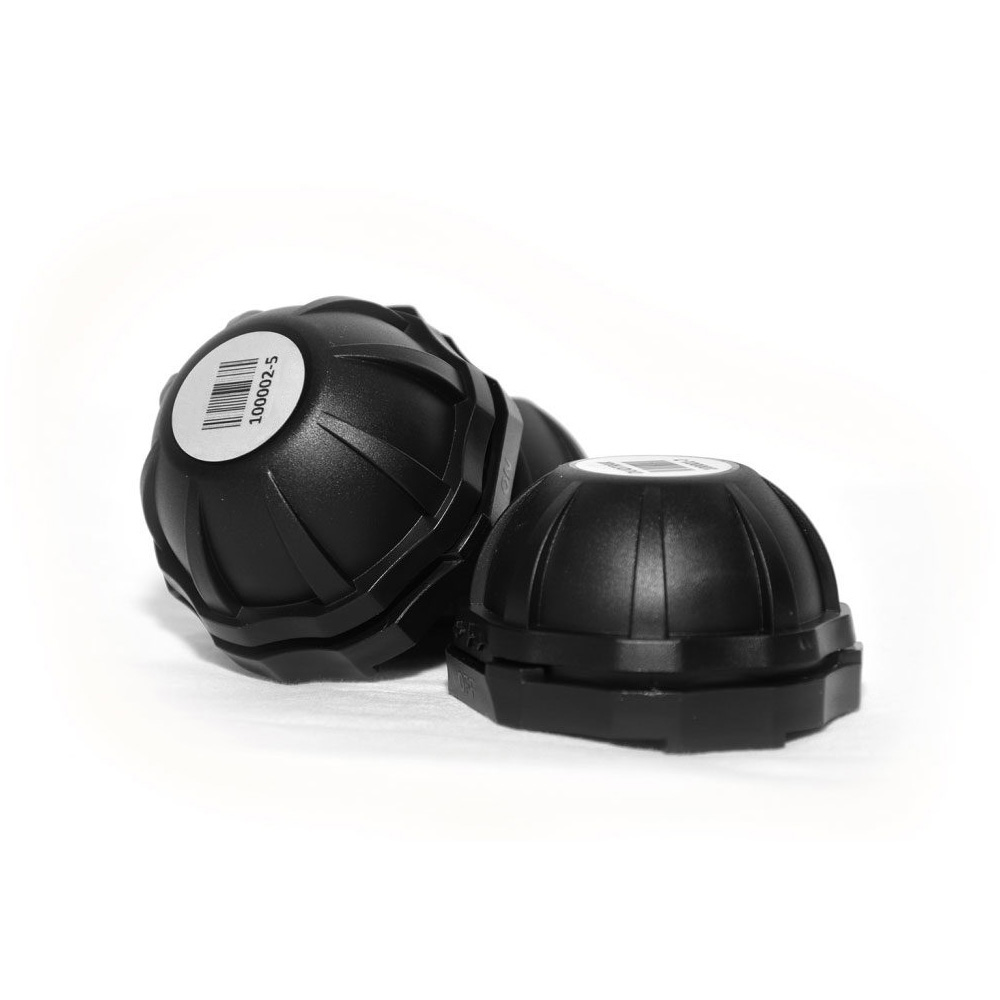
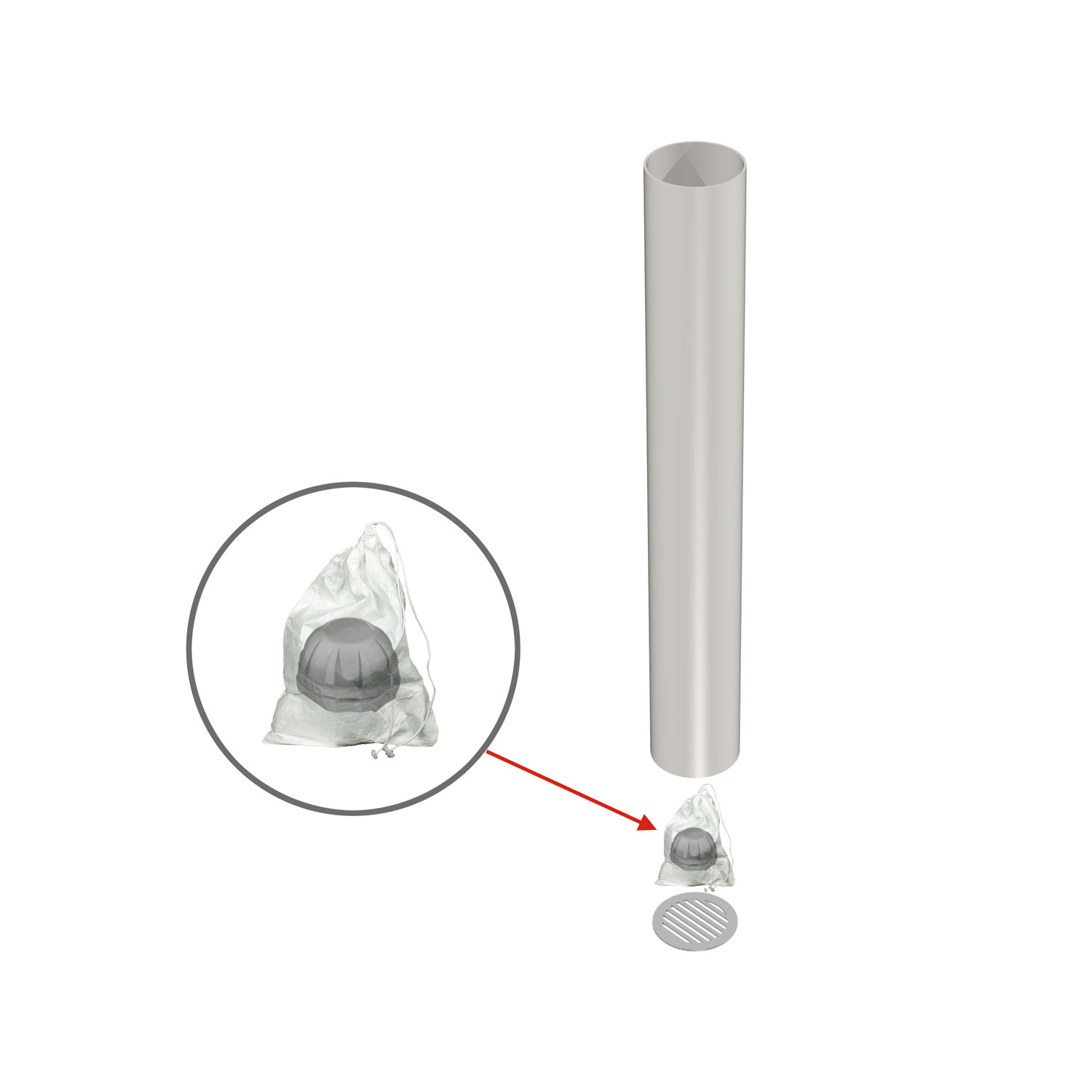
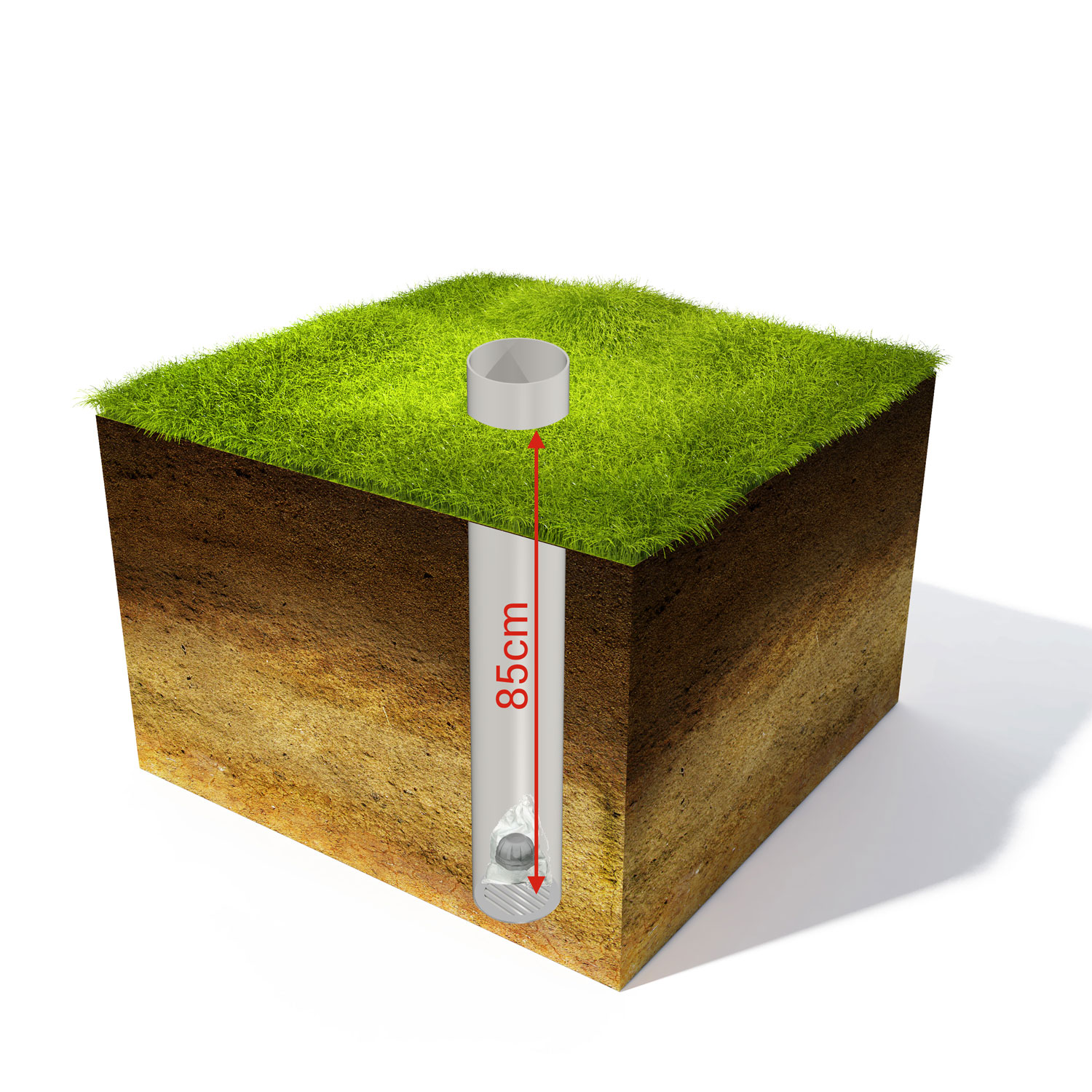
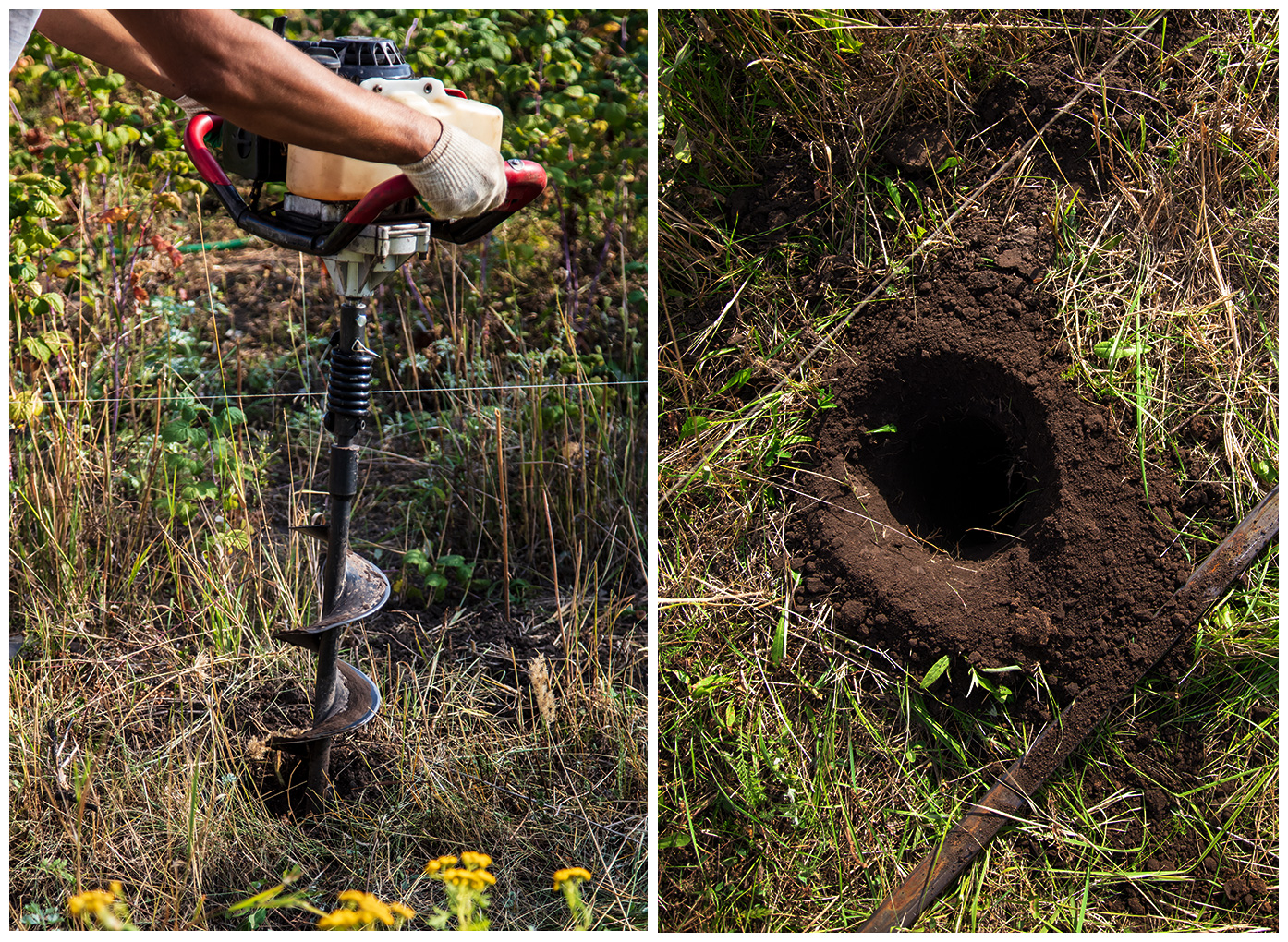
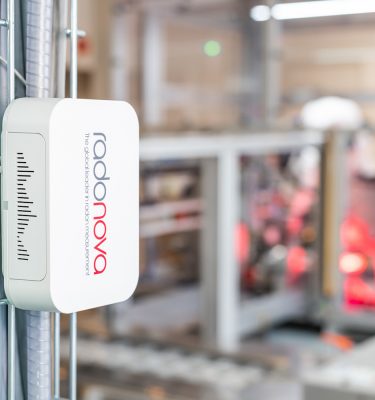
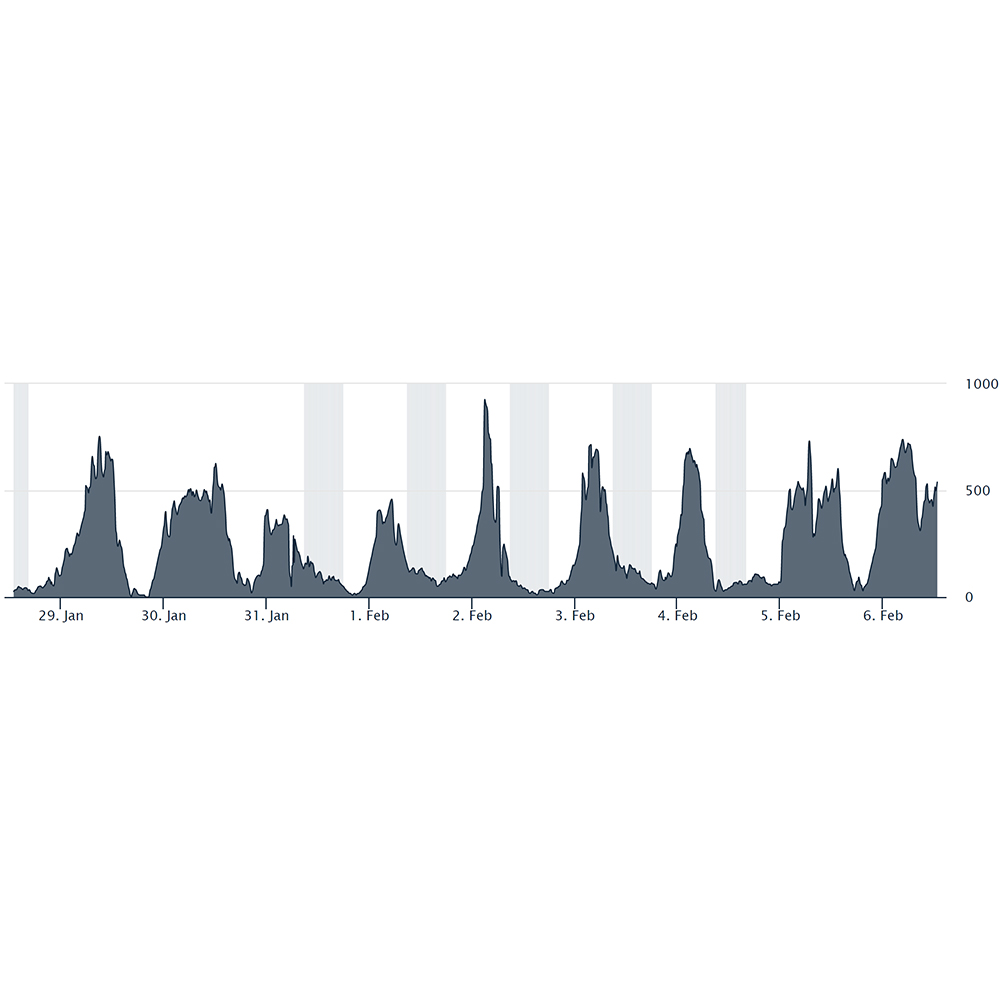
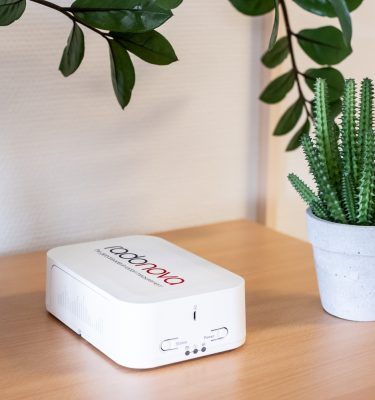
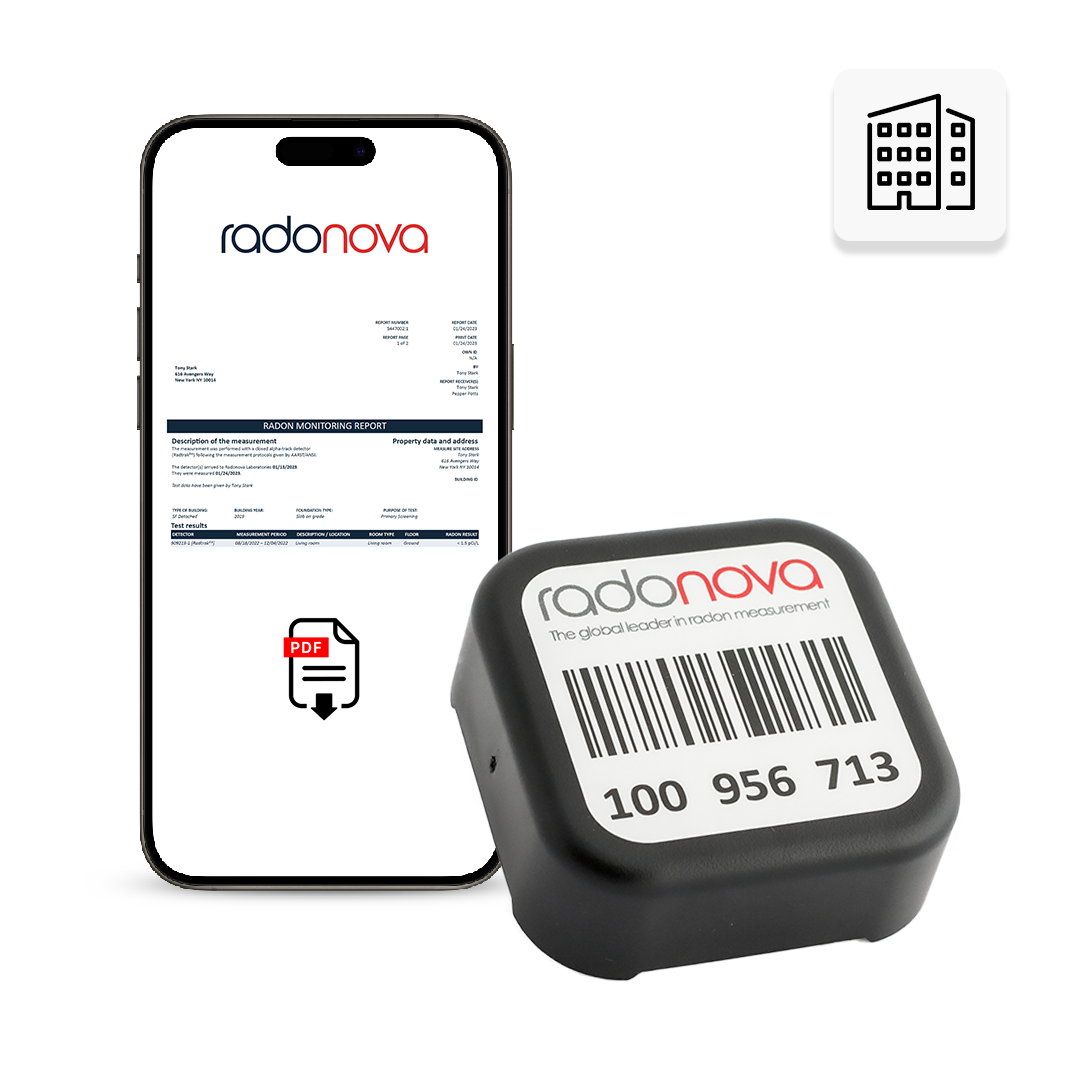
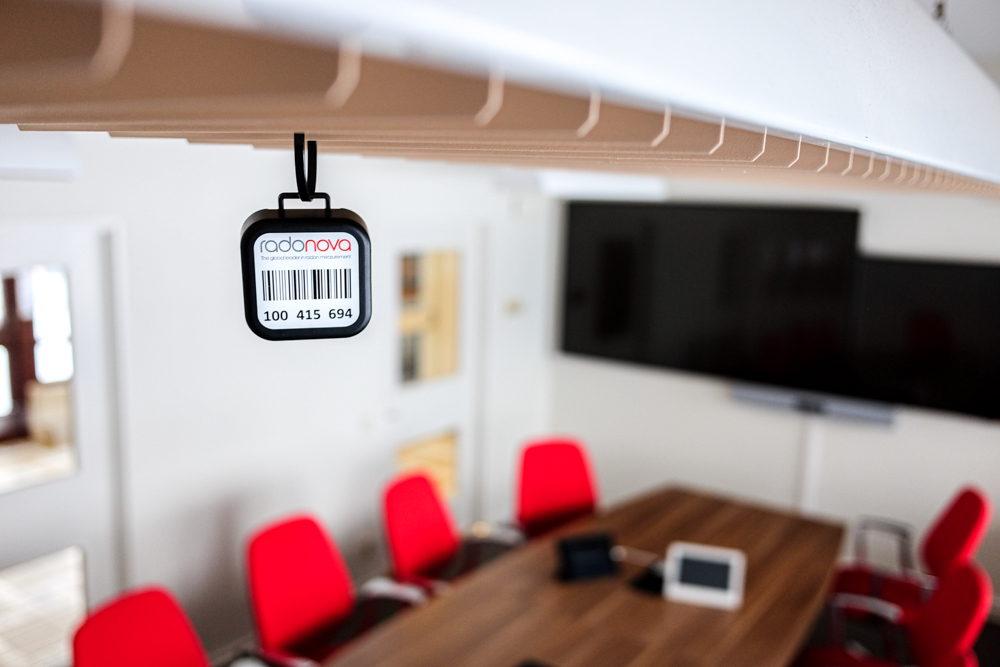

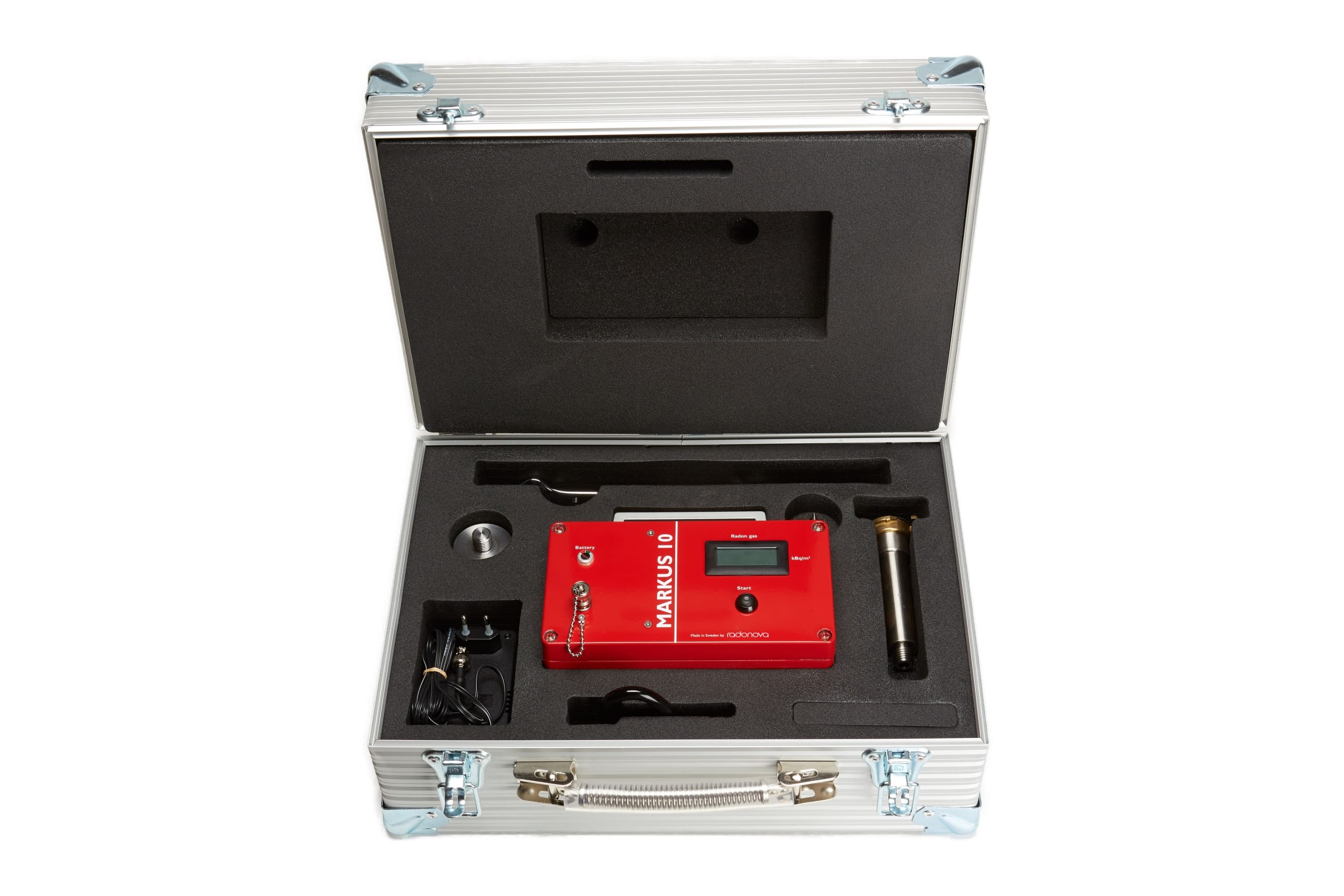
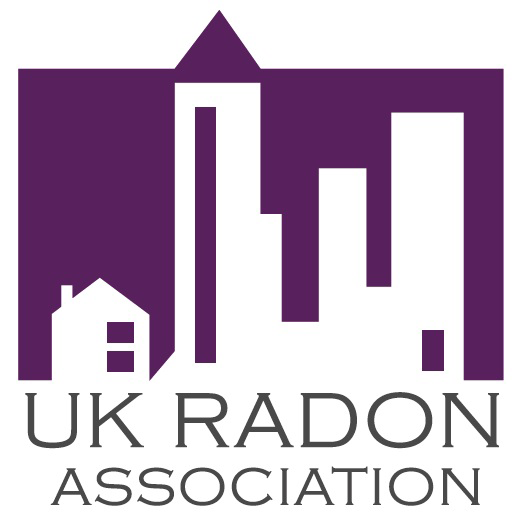

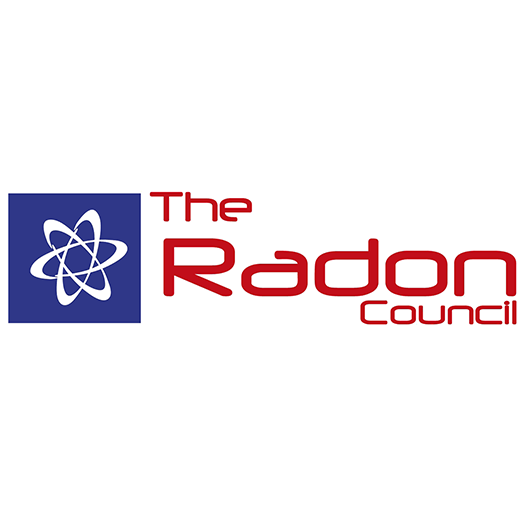

There are no reviews yet.